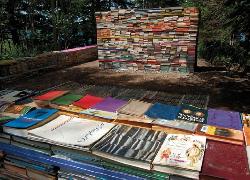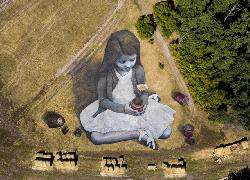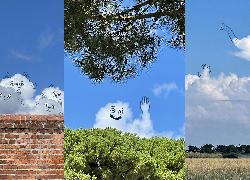11016 shaares
372 liens privés
372 liens privés
37 résultats
taggé
art
Cette semaine dans Premières, rencontre avec l'écrivaine et poétesse ukrainienne Luba Yakimtchouk. Deux ans et demi après l'invasion de l'Ukraine par les forces russes, on évoque son dernier recueil…
Le texte Le Monastère est un monologue, dans la voix d’un esprit masculin, un homme qu’on n’arrive pas à situer dans le temps de sa vie : il en parle à l’imparfait, mais on n’en déduit pas forcément qu’il est mort. Pour moi, il n’est pas mort, il est dans l’espace-temps de l’âme : un espace « transtemporel »...
Le Belfortain Saype dessine et peint dans les paysages du monde entier. Sa dernière oeuvre de land art vient d'être réalisée à Voronej en Russie dans le cadre d'un festival des jardins.
Saison 2 épisode 1: Émilie Pelletier-Grenier s'entretient avec l'artiste Clément de Gaulejac
De prime abord, la polémique autour de Bastien Vivès semble se résumer à un débat autour de la censure. On voudrait censurer un dessinateur qui n’a fait que dessiner, un créateur qui n’a fait que créer. Pire, on voudrait aseptiser l’art pour complaire à l’ère du temps et lui retirer sa vertu cathartique, laquelle ne […]
A Daily Cloud is an ongoing art project by illustrator Chris Judge whose creative approach fuses art and photography.
Système de gestion de base de données d’œuvres d'art et ou de collections fonctionnant en local sur Windows. Possiblement personnalisable, avec engin d'exportation de données sous forme de document, mais en anglais seulement. Licence à prix fixe raisonnable (99 $). Développeur basé à Calgary (www.datavillage.com).
Plateforme en ligne de gestion d’œuvres d'art et/ou de collections. Interfaces et soutien technique en anglais seulement. Paiement mensuel (à partir de 29 USD par mois).
Très bonne photo noir et blanc qui peut être stylisée













